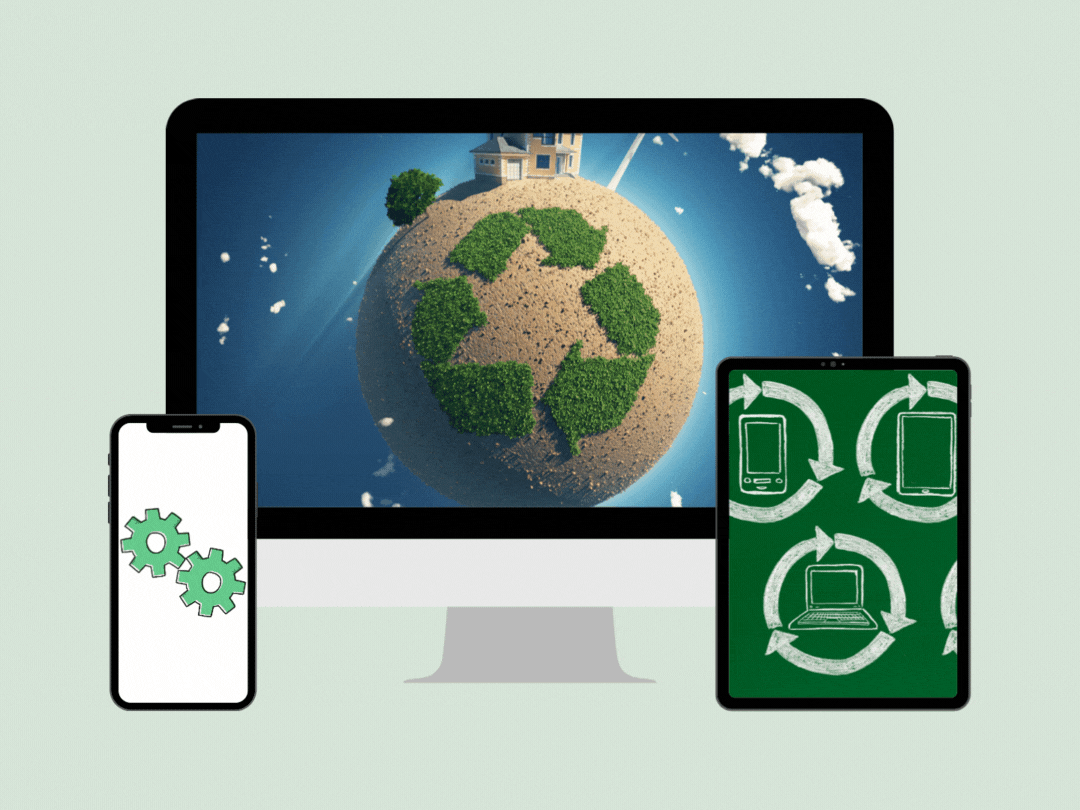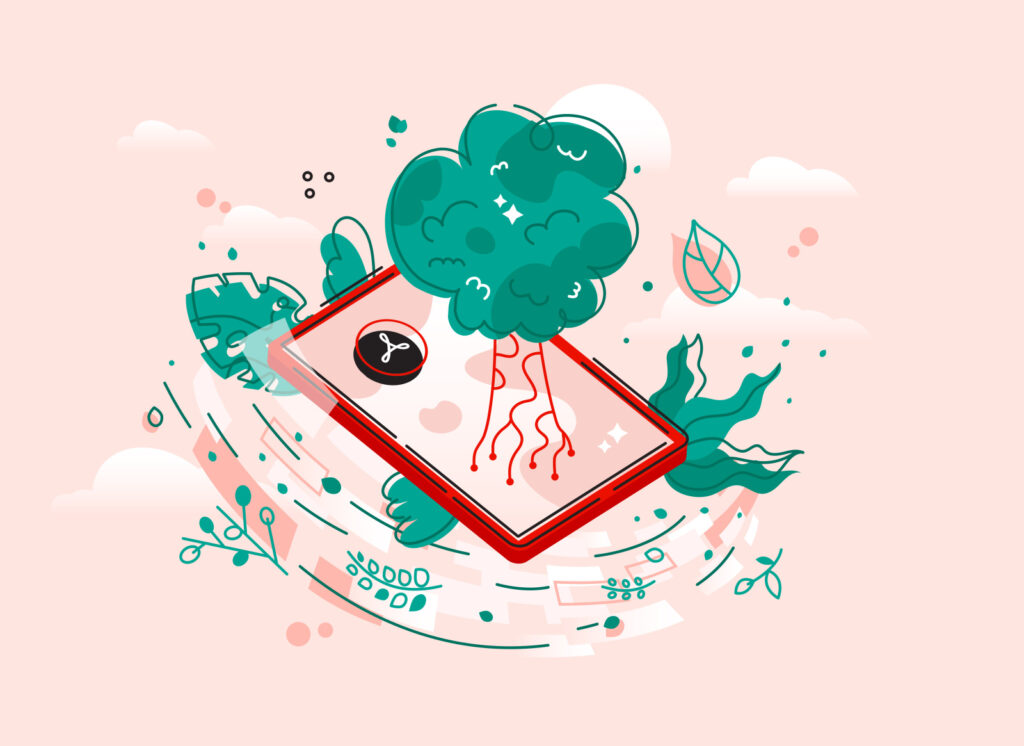In today’s digital landscape, consumers are increasingly holding businesses accountable for their environmental impact. This shift in consumer behavior presents a unique opportunity. Sustainable UX Design (S-UXD) offers a powerful approach to creating user experiences (UX) that not only prioritize user satisfaction but also minimize environmental impact.

A Holistic Approach to Digital Product Design
S-UXD goes beyond creating visually appealing interfaces. It’s a comprehensive philosophy that integrates environmental, social, and economic principles throughout the entire lifecycle of a digital product. This means considering the environmental impact of everything from the energy consumption required to power data centers to the materials used in hardware and the end-of-life management of devices. By adopting S-UXD practices, businesses can contribute to a healthier planet while simultaneously enhancing user experience and gaining a competitive edge.
The Benefits of Sustainable UX Design
There are numerous compelling reasons for businesses to embrace S-UXD. First and foremost, it allows businesses to demonstrate their commitment to environmental responsibility. This resonates with the growing number of eco-conscious consumers who actively seek out brands that align with their values. S-UXD can also lead to significant cost savings through reduced energy consumption and resource optimization. Additionally, well-designed sustainable products are often more efficient and user-friendly, leading to higher user satisfaction and brand loyalty.
Implementing Sustainable UX Design Principles
The successful implementation of S-UXD requires a well-defined strategy and a commitment from all stakeholders. The first step involves developing a clear sustainability strategy that aligns with the overall business objectives. This strategy should be translated into actionable design principles that guide the development process.
Here are some key S-UXD principles to consider:
- Efficiency is King: Strive for clean code and streamlined user interactions to minimize server requests and processing power. This translates to reduced energy consumption without compromising functionality.
- Embrace Minimalism: A minimalist design aesthetic not only enhances user experience but also reduces page load times and energy consumption. This is because less data needs to be transferred and processed to render the page.
- The Power of Dark Mode: Offering a dark mode option can significantly reduce screen light emission, leading to extended battery life on devices with OLED or AMOLED screens. This translates to a reduced environmental impact as users require fewer charges.
- Educating Users: Transparency and user education are crucial aspects of S-UXD. Informative design elements can educate users about the environmental impact of their actions within the product. This can nudge them towards making more sustainable choices.
- Accessibility for All: Sustainable design should be inclusive. By ensuring that digital products are accessible to everyone, regardless of ability, the product’s utility and longevity are maximized.
- Designing for the Future: Durability is a key consideration in S-UXD. Creating timeless designs that can be easily updated without requiring complete overhauls extends the product’s lifecycle and reduces waste. Additionally, considering the product’s end-of-life phase is important. Designing for disassembly allows for easier data migration or archiving when the product reaches its end of life.
- Green Resources: S-UXD advocates for the use of renewable or recyclable materials in hardware components. Additionally, promoting the use of renewable energy sources in data centers that power websites and applications significantly reduces the carbon footprint of digital operations.

The Power of User Psychology in S-UXD
While technical considerations are essential, S-UXD goes a step further by incorporating user psychology. Understanding how users make decisions allows designers to create a more impactful and engaging sustainable experience.
- The Nudge Effect: Subtle design cues, such as highlighting eco-friendly options or displaying the environmental impact of different choices, can nudge users towards making sustainable decisions within the product.
- Gamification for Good: Implementing gamification elements or reward systems can incentivize sustainable user behavior. This makes sustainable choices more engaging and fosters a sense of accomplishment.
- The Power of Community: Showcasing the collective positive environmental impact achieved by users can inspire continued engagement with sustainable practices. This fosters a sense of community and shared responsibility for a sustainable future.
Building a Sustainable Future, One User Experience at a Time
Sustainable UX Design is not a fad; it’s a necessary shift towards responsible digital product creation. By embracing S-UXD principles and harnessing the power of user psychology, businesses can create user experiences that are not only environmentally responsible but also psychologically engaging. This paves the way for a future where digital products and services contribute to a healthier planet without sacrificing user satisfaction. The path to a more sustainable digital future starts with crafting eco-friendly user experiences, one thoughtful design decision at a time.
Related Posts:
Difference Between UI and UX Design
A Guide to Sustainable UX Design
